SUMMARY
This is AI generated summarization, which may have errors. For context, always refer to the full article.
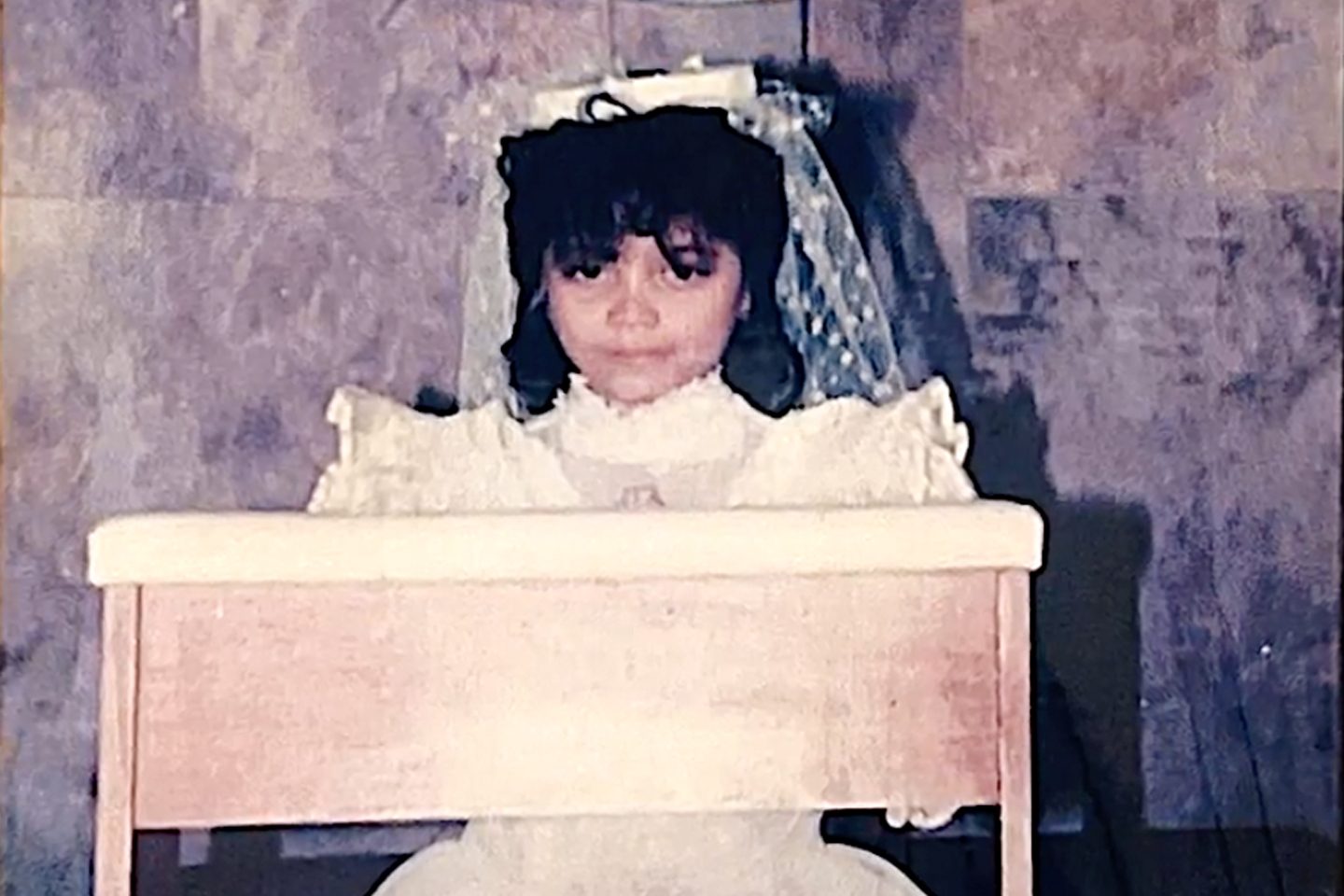
MANILA, Philippines – “She is a saint,” the young priest said to himself.
Father Danny Pajarillaga, then a 29-year-old Catholic priest, recalled the first time he met a girl named Niña Ruiz Abad in 1993. Pajarillaga was serving in his first parish, Jesus Lord of Divine Mercy in Mapayapa Village 1, Quezon City, and he took notice of Abad, the child of a Catholic lawyer who was a devotee of the Divine Mercy.
“She was very prim and proper, always dressed in immaculate white, silent but always ready to give her innocuous smile to everyone. She loved the Eucharist, was very much focused, and spent more time in prayer than children of her age,” Pajarillaga recalled.
Thirty years after Abad made this first impression on her parish priest, sainthood is now truly on the horizon for this 13-year-old girl from Sarrat, Ilocos Norte.
The Catholic Church in the Philippines has opened the long road to sainthood for the Ilocano girl who died of an incurable heart disease in 1993, reported the news service of the Catholic Bishops’ Conference of the Philippines (CBCP) on Wednesday evening, July 19.
The CBCP, in its 126th plenary assembly from July 8 to 10, approved the request to open the cause for sainthood of Abad. The sainthood cause was presented by Laoag Bishop Renato Mayugba before all the Catholic bishops of the Philippines when they gathered in Kalibo, Aklan, for their biannual plenary.
The Catholic Church declares a person a saint if he or she lived a virtuous life, and if he or she was martyred or was able to produce a required number of miracles, leading the Church to conclude that he or she is now in heaven.
Once all the requirements have been fulfilled, the Catholic Church “canonizes” the person, which means he or she is included in the “canon” or roster of acknowledged saints. Canonization means the person can already be considered a model for the world’s nearly 1.4 billion Catholics, and the new saint can pray to God for the living.
‘The girl who loved to pray’
Abad, who was diagnosed with hypertrophic cardiomyopathy at 10 years old, is remembered for her strong faith despite her illness.
According to CBCP News, Abad “had a strong devotion to the Eucharist and devoted her life to distributing rosaries, Bibles, prayer books, holy images, and other religious items.” She was always seen wearing white dresses as well as a rosary around her neck.
“During her time, it is unusual that a young girl had already done acts to evangelize others,” said Bishop Mayugba.
“Niña’s life was a prayerful life full of reverence, worship, and intimate relationship with God, Jesus Christ, the Holy Spirit, and to the Blessed Virgin Mary,” he added.
Mayugba said the 13-year-old Ilocana can serve as “a good model of piety and fortitude” for the youth.
“If one asks, ‘Do you know Niña Ruiz Abad?’ The answer would be, ‘That’s the girl who always wore a rosary. The girl who loved to pray. The girl who loves God so much,’” said the Laoag bishop.
Born on October 31, 1979, at Capitol Medical Center in Quezon City, she was baptized at Santo Domingo Church on March 15, 1980. CBCP News said Abad was the child of a lawyer couple from Sarrat, but her father died when she was three.
Along with her only sibling Mary Anne, Abad was born and spent her early years in Quezon City, according to CBCP News.
She attended nursery at the University of the Philippines Child Study Center in Diliman, Quezon City, and kindergarten to grade two at the Holy Angels Montessori School in the same city.
A witness to their life in Quezon City, Pajarillaga said Abad’s mother, fondly called “Attorney Abad” in their parish, “was an avid devotee of the Divine Mercy, a woman of few words but full of works of charity.”
Abad’s family moved to Sarrat in April 1988, according to CBCP News, after her mother “became the chief hearing officer of the Commission on the Settlement of Land Problems of the Department of Justice.”
She graduated at the top of her class at the Mariano Marcos State University Laboratory Elementary School, then studied first year high school at the Mariano Marcos State University Laboratory High School in Laoag, Ilocos Norte. Their family moved back to Quezon City in June 1993 after another change in her mother’s assignment. She then studied at the School of the Holy Spirit in Quezon City.
She had a heart attack in school on August 16, 1993, after which she was rushed to the hospital and died.
Push for modern-day saints
The cause for Abad’s sainthood is part of a wider effort to proclaim modern-day Filipino saints, serving as models for Catholics in the 21st century.
The Catholic Church has so far declared two Filipino saints – Lorenzo Ruiz, who died in 1637 and was canonized in 1987, and Pedro Calungsod, who died in 1672 and was canonized in 2012. Both Ruiz and Calungsod were martyred when the Philippines was still a colony of Spain, a time when sainthood meant writing theological classics, establishing a religious order, and getting killed for the faith.
The Catholic Church now seeks to recognize saints who practiced their faith in the ordinariness of modern life.
In the words of Manila Archbishop Jose Cardinal Advincula, when he received an honorary doctorate at De La Salle University: “Saints and evangelizers are not only those who wear frocks and veils, locked up in monasteries and convents. Saints can also wear jeans and sneakers, watch movies, hang out with friends, surf the internet, hit the dance floor, grab some pizza, and even have some beer.”
The process to declare a saint is tedious, however, and it can take decades or even centuries.
Aside from a stringent investigation into a candidate’s life, including his or her virtues and vices, normally at least two miracles – phenomena which cannot be proven by science, such as the miraculous healing of a cancer patient – need to be attributed to the candidate’s intercession. Miracles are examined by scientific and religious experts authorized by the Vatican.
Other Filipinos on the road to sainthood include the Venerable Mother Ignacia del Espiritu Santo, founder of the Religious of the Virgin Mary, who died in 1748 and after whom a Quezon City avenue was named, and the Venerable Alfredo Maria Obviar, the first bishop of Lucena City in Quezon province, who died in 1978.
Also being considered for sainthood are Brother Richie Fernando, a 26-year-old Filipino Jesuit who died saving his Cambodian students in 1996, and Darwin Ramos, a 17-year-old boy with a genetic illness, who died in 2012 and is described by a priest as “deeply devoted to Jesus Christ despite suffering.” – Rappler.com
Add a comment
How does this make you feel?


![[OPINION] On divorce and Filipino values](https://www.rappler.com/tachyon/2024/04/divorce-filipino-values-april-24-2024.jpg?resize=257%2C257&crop_strategy=attention)
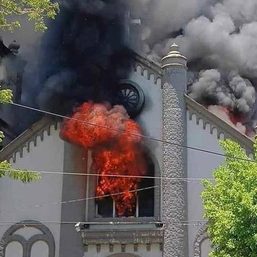
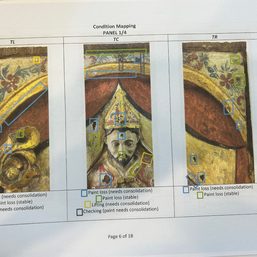


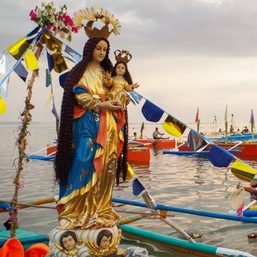
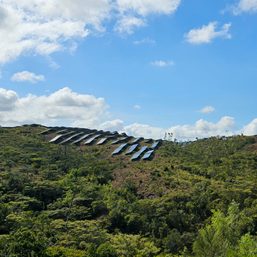

There are no comments yet. Add your comment to start the conversation.